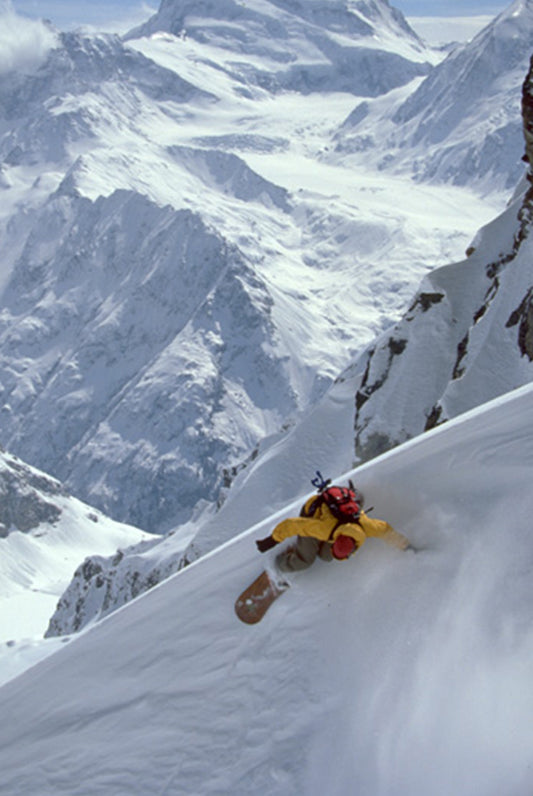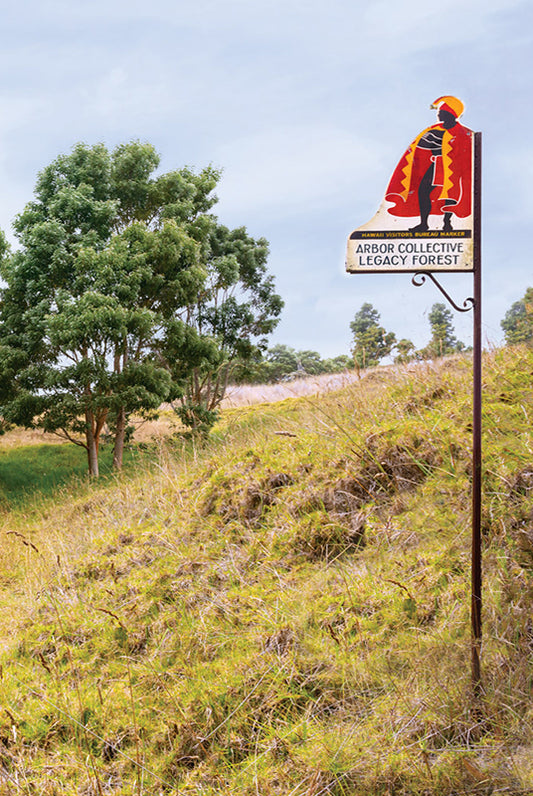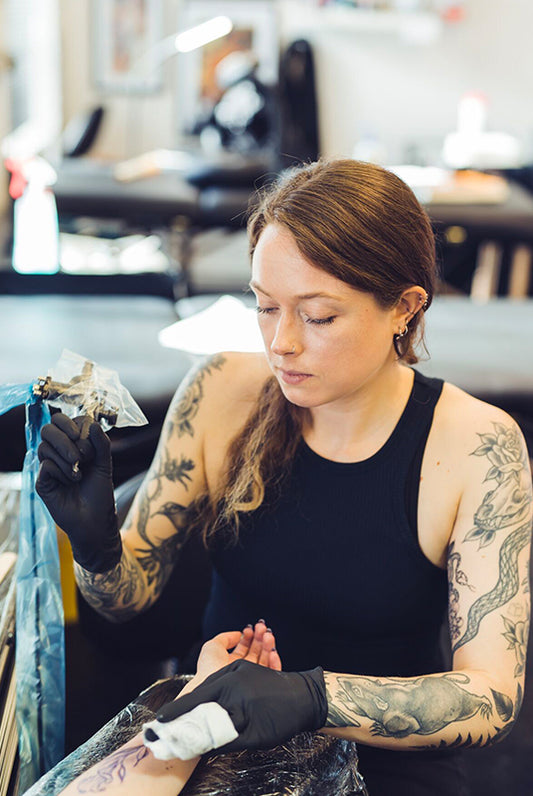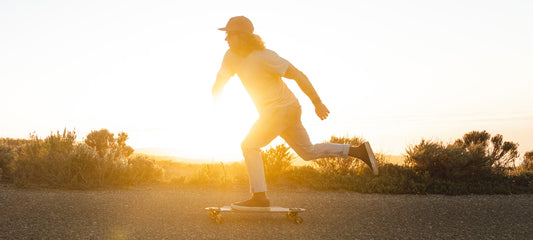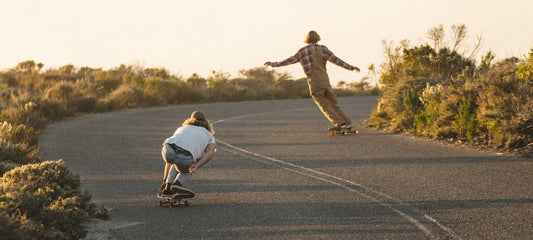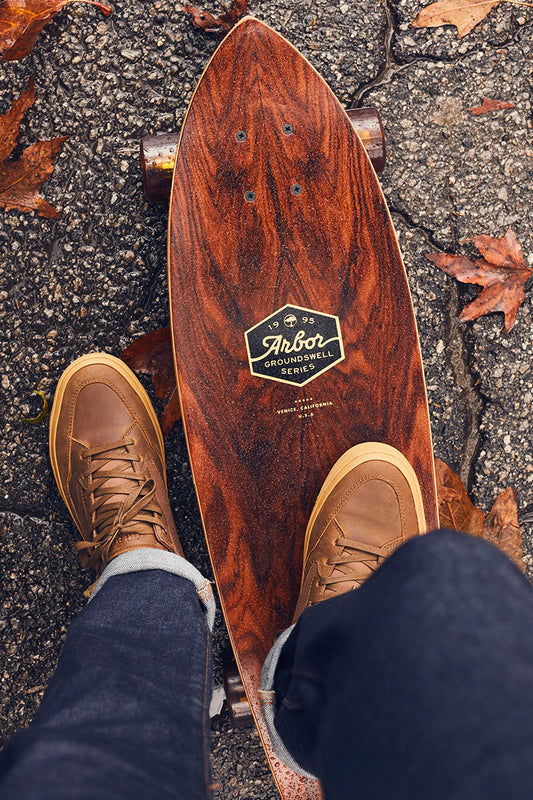Getting Started on a Skateboard
Learn To Skate Guidebook
Always Skate Safely
As Skateboarding may be a completely new thing for you, make sure you're in a safe place to practice, and consider wearing some safety gear. Don't get too ahead of yourself, and always skate within your abilities. Ensuring you're always safe and comfortable will help you learn and progress faster, and make the learning experience more fun overall too. Don't be afraid to take a fall, as that is a part of skateboarding, but learning to fall properly and wearing the right safety gear will help with avoiding injuries.
Location
More important than anything is to always be skating in a safe place that you feel comfortable skating at. Empty parking lots, and mellow neighborhood streets with lots of space are the ideal places to learn. Avoid areas with high traffic, places with lots of people, and hills that are too steep.
Skateboard
Having the right Skateboard under your feet is always a good decision. The wrong board can make it much harder to learn, so make sure you are skating the right board depending on your abilities, goals, and the locations you are skating at.
*Take a look at our Skateboard Selector Guidebook to choose the best board for your needs and aspirations.
Shoes
Shoes that are flat and have a grippy rubber sole, are going to make things much easier. More durable shoes made from a better sole material will last longer, as grip tape can really chew up the soles. Board feel is very important and thicker-soled shoes can feel too bulky, and also get in the way of feeling the board under your feet.
Helmets
Protect your dome, a helmet can really help to avoid serious head injuries. A helmet with a hard outer shell and with a dense foam inside is always going to protect you more than a soft helmet. Don't ever use a helmet that has been involved in a serious crash, or shows any signs of cracks or deep scratches, as that will prevent the helmet from doing its job as intended.
Pads
If you want to avoid losing any skin, pads can help. They can also build confidence when you're first learning and might fall more often. Make sure they fit well, and stay in place while you're skating.
Gloves
Gloves help protect your hands, which are often the first point of contact when you fall. They can also help you once your skating progresses, and you want to learn how to do hands down slides.
Fundamentals
Before getting too ahead of yourself, make sure to learn the basics first. This will help you learn faster, and ensure you're always following a safe progression.
Stance
Figuring out your stance is important before you even get on a skateboard. Most people are Regular or Goofy, and usually skate the same stance as they already Surf, Snowboard, or Wakeboard. If you haven't ever done any of those sports, there's an easy way to determine your stance. Stand in place on the ground with both feet about shoulder's width and have a friend push you from behind. The foot you step forward on to first is usually the foot you would lead with. Left foot forward is called "Regular", and right foot forward is called "Goofy". But, also try both stances and see if one is more comfortable for you.
Foot Placement
Now that you know which stance you are, now you need to learn the best location to stand on the board. Placing your front foot on top of or just behind the front truck is usually best, as your steering is mostly done from your front foot. You should stand roughly shoulder width, so place your back foot where it feels most comfortable on the board.
A more relaxed body posture is also important; don't be too stiff and stand too straight up, but crouching down too low can also make balancing more difficult. Try find a natural way of standing that provides the best balance. Again, feel out what feels best for you, as you want to stand in a way that makes you feel most comfortable.
Pushing
A good push will get you to where you want to go more effectively, and also help avoid extra fatigue. It's best to push with your back foot, as pushing with your front foot is much harder to balance and less common (AKA Mongo; some people might make fun of you for pushing that way).
Pivot your front foot so it's facing the direction you're heading, and take the back foot off the board, placing it parallel to your front foot and facing the same direction. With one smooth push, then place your back foot back on the board, and pivot your front foot back to your original stance placement. You could also make a few consecutive pushes before putting your back foot back on to the board, just make sure you have good balance when pushing more times.
Watch out for kicking your back wheels when you're pushing, as it's easy to get your foot caught on them and might make you lose your balance. Boards with cutouts can make it easier to catch the wheels, so make sure to practice pushing slowly at first before staring to push too fast and hard.
Foot Braking
Now that you know how to get moving, it's also important to know how to stop. There are a handful of ways, but Foot Braking is generally easiest to learn at the beginning. It's best to start practicing this technique with the board moving slowly, and then you can try with a little more speed after you're more comfortable.
Very similar to pushing, pivot your front foot before taking your back foot off the board. Instead of pushing with your back foot, gently place it next to your board flat on the ground, and let the friction slow you down. Start with a little pressure at first, and apply more pressure to make quicker stops, always making sure you have good balance while practicing this technique.
Carving
Kickturn
Tick-Tack
The Tick-Tack is a maneuver you can do to generate speed on your skateboard without pushing. Just like kickturns, they are easier to do on boards with kicktails. You should also have your back foot on the tail, and your front foot by the front truck. Keep those knees bent and your weight over the center of the board to maintain good balance.Advanced Maneuvers
After you've mastered the basics, it could be time to expand your reportoire with more challenging moves. Here's just a few to get you started.
Power Slide
Power slides are another way to slow down or stop, but are more advanced than doing a foot brake. You should first be comfortable at doing kickturns and foot braking before practicing this maneuver. It is done by turning your board in a quick sideways direction, and letting the friction of your wheels skid sideways and slow you down. You can do them frontside; where you are sliding with the front of your body facing forward, or backside; where you slide with your back facing the direction of where you are going.Ollie
Invented on a vertical surface by Pool Skater, Alan "Ollie" Gelfand, then adapted to flat ground by Freestyle Skater and Trick Innovator, Rodney Mullen, the Ollie is the first trick most learn on a skateboard. It can also lead to more advanced tricks like the shove-it, kickflip, 360 flip, and many, many more tricks.Always Have Fun
The whole point of Skateboarding in the first place is to have fun. Remember, just go at your own pace of progression, and you'll always have a blast Skateboarding no matter what. Enjoy the Great Lines!


